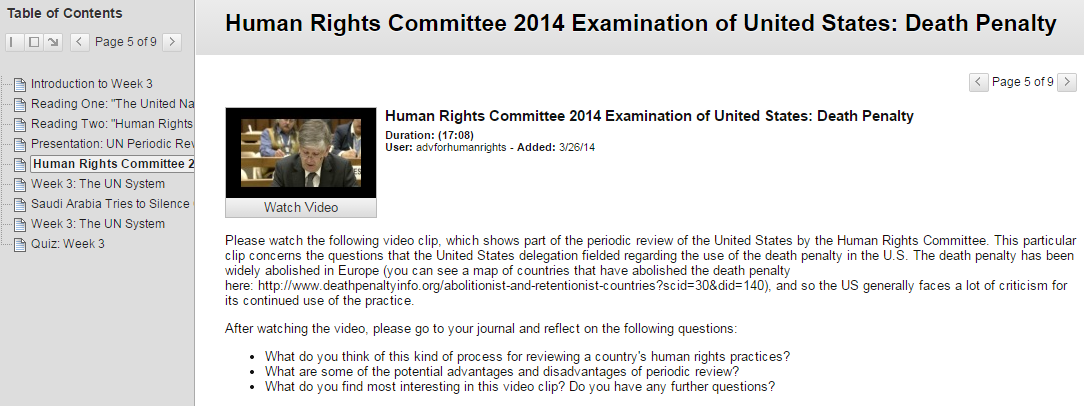In the spring of 2017, I taught a course on the education rights of undocumented students (I discussed it a bit in a past post). As might be expected with such a topic, there were multiple undocumented students enrolled in the course as well as others with an interest in the issue. Throughout the semester, the course used powerful narrative accounts of what it is like to be an undocumented student to help all of the students better grasp the issue. It was also a service-learning course. Through the service component of the course, students gained firsthand knowledge of the struggles faced by non-citizen students as well as the types of services available to them in the community. Some students chose to volunteer with the immigrant services organizations while others became involved with an advocacy group run by undocumented students that is active in Connecticut. Still others focused their attention on policy work, conducting research on the sanctuary campus movement and presenting their findings to campus administrators. The uniting factor of these activities was our weekly meeting, where students shared their experiences and reflected on how they connected to the course material and their own lives. As a service learning course, reflection (specifically, journal writing) was a primary component of the course. Within their weekly journal entries, many students disclosed their precarious citizenship statuses, reflecting on their own histories and how their lack of documentation continued to present challenges in their daily lives. As an instructor, these journal entries presented a larger predicament: when our courses deal with sensitive and personal themes, and we are aware of how these themes overlap with our students’ experiences, how do we balance the desire to help our students learn from each other with the need to protect student confidentiality?
Although the students were incredibly forthcoming and open about their statuses in their journal entries, I wasn’t always sure if they were open about their undocumented statuses with their classmates. Although I normally draw from journal entries as a way to illustrate the diversity of opinions in the class (e.g. “One of you wrote about x, while someone else felt y”), I hesitated to do so in this course. Even though learning from each other’s personal experiences would have provided an invaluable learning opportunity, I wanted to make sure that I never revealed anyone’s status without their permission.
Instead, I found myself trying to encourage students to share where they felt comfortable while making it clear that sharing was not required and not related to participation grades. For example, we would often start off the class talking about that week’s journal prompt. Although many students did choose to share their experiences, in other cases, I found myself wishing that a student would speak up when they didn’t. In one case, for example, a student revealed their detailed struggle with the application process for DACA. When, a few weeks later, another student asked a question about the process of applying for DACA that I couldn’t answer, I desperately wanted to hand the question over to the aforementioned student – knowing that they would be able to provide an answer. But I knew that I couldn’t do that, so I asked in a general way, “I’m not sure – does anyone have an answer to that question?” No one spoke up, and so I moved on. It was hard to watch a potentially valuable learning experience slip away, but it is our ethical responsibility to value our students’ safety and privacy over collective learning.
Although this is just a small issue, it’s one of the many that we must consider when we think about how best to support our students in times where their safety and privacy may be in jeopardy. The following resources provide other useful tips for supporting undocumented students:
Continued Support for Undocumented College Students
Top 10 Ways to Support Undocumented Students
How Teachers Can Help Immigrant Kids Feel Safe

